Cover Page
Copyright Page
Half-Title Page
Title Page
Brief Contents
Contents
Preface��������������
Writing the Research Paper: A Handbook
Chapter 1: Basic Information about the Research Paper
1a: Hatred of the research paper���������������������������������������
1b: Definition of the research paper
1c: Format of the research paper���������������������������������������
1d: Reasons for the research paper�����������������������������������������
1e: The report paper and the thesis paper������������������������������������������������
1f: Drafts of the research paper���������������������������������������
1g: Writing the research paper: Steps and schedule���������������������������������������������������������
Chapter 2: Choosing a Topic
2a: How to choose a topic��������������������������������
2b: Topics to avoid��������������������������
2b-1: Topics that are too big
2b-2: Topics based on a single source
2b-3: Topics that are too technical
2b-4: Topics that are trivial
2b-5: Topics that are too hot
2c: Narrowing the topic������������������������������
Chapter 3: The Library
3a: Layout of the library��������������������������������
3a-1: The computer
3a-2: Online full-text databases
3a-3: Microform indexes
3a-4: Stacks
3a-5: Reserve room or shelf
3a-6: Main desk
3a-7: Reserve desk
3a-8: Audiovisual room
3a-9: Microform room
3a-10: Newspaper racks
3a-11: Computer room
3a-12: Carrels
3b: Organization of the library collections��������������������������������������������������
3b-1: The Dewey Decimal System
3b-2: The Cutter-Sanborn Author Marks
3b-3 The Library of Congress Classification System
3b-4 Classification of periodicals
3b-5 Classification of nonbooks
Chapter 4: Using the Computer in Your Research
4a: Computers and the research paper�������������������������������������������
4b: The Internet�����������������������
4b-1: The World Wide Web
4c: Online resources���������������������������
4c-1: Databases
4c-2: Electronic journals
4c-3: Online public-access catalogs (OPACs)
4c-4: Blogs and social networks
4d: Researching with search engines������������������������������������������
4d-1: Finding a search engine
4e: Usenet, Listserv, telnet, and gopher�����������������������������������������������
4f: Evaluating Internet sources��������������������������������������
4f-1: Where was the information found?
4f-2: Who wrote it?
4f-3: Who publishes it?
4f-4: What are the writer’s sources?
4f-5: What tone does the writer use?
4f-6: What do the writer’s contemporaries have to say?
4f-7: What is the writer’s motive?
4f-8: What is the context of the writer’s opinion?
4g: Running a search���������������������������
4h: Useful Internet sites��������������������������������
Chapter 5: Doing the Research
5a: What information to look for���������������������������������������
5a-1: Single-fact information
5a-2: General information
5a-3: In-depth information
5b: Where to look for information����������������������������������������
5b-1: General indexes
5b-2: Specialized indexes
5b-3: Using interviews and surveys
5b-4: Corresponding by e-mail
5b-5: Attending lectures, concerts, or art exhibits
5c: Assembling a working bibliography��������������������������������������������
5d: Selecting your sources: Skimming�������������������������������������������
5d-1: Primary and secondary sources
5d-2: Evaluating sources
5e: Note-taking����������������������
5e-1: Using the computer to take notes
5e-2: Using a copy machine to take notes
5e-3: Kinds of notes
5f: Plagiarism and how to avoid it�����������������������������������������
Chapter 6: The Thesis and the Outline
6a: The thesis: Definition and function
6a-1: Formulating the thesis
6a-2: Rules for wording the thesis
6a-3: Placing the thesis
6a-4: Choosing a title
6b: The outline����������������������
6b-1: Visual conventions of the outline
6b-2: Equal ranking in outline entries
6b-3: Parallelism in outline entries
6b-4: Types of outlines
6c: Choosing an outline form�����������������������������������
Chapter 7: Transforming the Notes into a Rough Draft
7a: Preparing to write the rough draft: A checklist����������������������������������������������������������
7b: Writer’s block�������������������������
7c: Writing with a computer����������������������������������
7c-1: Overdoing it
7c-2: Using a spell-checker
7d: Using your notes in the paper����������������������������������������
7d-1: Summaries and paraphrases
7d-2: Direct and indirect quotations
7d-3: Using brief direct quotations
7d-4: Using long quotations
7d-5: Using quotations from poetry
7d-6: Using a quotation within another quotation
7d-7: Punctuating quotations
7d-8: Handling interpolations in quoted material
7d-9: Using the ellipsis
7d-10: Overusing quotations
7d-11: Personal commentary
7e: How to use quotations to explore and discover��������������������������������������������������������
7f: Writing with unity, coherence, and emphasis������������������������������������������������������
7f-1: Unity
7f-2: Coherence
7f-3: Emphasis
7g: Using the proper tense���������������������������������
7h: Using graphics in your research paper������������������������������������������������
7i: Writing the abstract�������������������������������
Chapter 8: Revising Your Rough Draft
8a: Principles of revision���������������������������������
8a-1: Rereading your writing
8a-2: Revising the paper from biggest to smallest elements
8b: Revising the opening paragraph�����������������������������������������
8b-1: Revising the introduction
8b-2: Check that your paragraphs follow the sequence of topics in the thesis
8b-3: Revising the body paragraphs
8b-4: Check paragraph transitions
8c: Revising sentences for variety and style���������������������������������������������������
8c-1: Revise sentences to use the active voice
8c-2: Revise to use an appropriate point of view
8c-3: Revise sexist language
8d: Revising words: Diction����������������������������������
8d-1: Revise diction for accuracy and exactness
8d-2: Revise the overuse of phrases for subjects instead of single nouns
8d-3: Revise redundant expressions
8d-4: Revise meaningless words and phrases
8d-5: Revise snobbish diction
8e: Rules for Writers. Not.����������������������������������
Chapter 9: The MLA System of Documentation
9a: Parenthetical documentation: Author-work (MLA)
9a-1: What to document
9a-2: Guidelines for in-text citations
9b: Format for “Works Cited” (MLA)�����������������������������������������
9b-1: General order in references to books
9b-2: Sample references to books
9b-3: General order in references to periodicals
9b-4: Sample references to periodicals
9b-5: References to electronic sources
9b-6: General order in references to electronic sources
9b-7: Sample references to electronic sources
9b-8: Sample references to nonprint materials
9b-9: Sample references to special items
9c: Content notes������������������������
9c-1: Content note explaining a term
9c-2: Content note expanding on an idea
9c-3: Content note referring the reader to another source
9c-4: Content note explaining procedures
9c-5: Content note acknowledging help
9c-6: Content note consolidating references
9d: Finished form of the MLA paper�����������������������������������������
9d-1: Appearance
9d-2: Title page
9d-3: Abstract
9d-4: Pagination and headings
9d-5: Spacing of text
9d-6: Font
9d-7: Illustrations, tables, and other graphics
9d-8: Use of numbers
9d-9: Bibliography (titled “Works Cited”)
9e: Peer review checklist��������������������������������
9f: Submitting your paper electronically�����������������������������������������������
Chapter 10: The APA System of Documentation
10a: Parenthetical documentation: Author-date (APA)
10a-1: Examples of APA in-text citations to books
10a-2: Avoiding clutter in the text
10b: Format for “References” (APA)�����������������������������������������
10b-1: General order for books in “References”
10b-2: Sample references to books
10b-3: General order for periodicals in “References”
10b-4: Sample references to periodicals
10b-5: Sample references to electronic sources
10b-6: Sample references to nonprint materials
10b-7: Sample references to special items
10c: Writing the abstract��������������������������������
10d: Finished form of the paper��������������������������������������
10d-1: Two kinds of APA papers: The theoretical and the empirical
10d-2: Appearance of the final copy
10e: Peer review checklist���������������������������������
10f: Submitting your paper electronically������������������������������������������������
Chapter 11: The Traditional System of Documentation (CMS)
11a: Footnotes and endnotes����������������������������������
11a-1: Formatting of notes
11a-2: Rules for numbering the notes
11a-3: Sample footnote references to books
11a-4: Sample footnotes for periodicals
11b: Subsequent references in footnotes and endnotes�����������������������������������������������������������
11c: Electronic sources������������������������������
11d: Finished form of the paper��������������������������������������
11d-1: Abstract
11d-2: Pagination and text format
11d-3: Content or reference notes
11d-4: Illustrations: Tables and fi gures
11d-5: Use of numbers
11d-6: Bibliography
11e: Peer review checklist���������������������������������
11f: Submitting your paper electronically������������������������������������������������
Chapter 12: Sample Student Papers
12a: Paper using author-work documentation (MLA)�������������������������������������������������������
12b: Paper using author-date documentation (APA)�������������������������������������������������������
12c: Paper using footnote documentation (CMS)����������������������������������������������������
Appendix A: Mechanics����������������������������
A1: Numbers and dates����������������������������
A1-a: Percentages and amounts of money
A1-b: Inclusive numbers
A1-c: Roman numerals
A1-d: Dates
A2: Titles�����������������
A2-a: Titles in italic
A2-b: Titles in quotation marks
A2-c: Titles within titles
A2-d: Frequent references to a title
A3: Italic and underlining���������������������������������
A4: Names of people��������������������������
A5: Hyphenating words����������������������������
A6: Spaces and punctuation marks���������������������������������������
A7: Foreign-language words���������������������������������
A8: Abbreviations������������������������
A8-a: Commonly used abbreviations
A8-b: The Bible
A8-c: Shakespeare
A8-d: Days and months
A8-e: States and U.S. territories
A8-f: Publishers’ names
A8-g: Abbreviations
A9: Spelling�������������������
Appendix B: General and Specialized References, an Annotated List������������������������������������������������������������������������
B1: A list of general references���������������������������������������
B1-a: Sources that list books
B1-b: Sources that list periodicals and newspapers
B1-c: Sources about general knowledge
B1-d: Encyclopedias
B1-e: Sources about words: Dictionaries
B1-f: Works about places
B1-g: Works about people
B1-h: Resources about government publications
B1-i: Sources about nonbooks (nonprint materials)
B2: A list of specialized references�������������������������������������������
B2-a: Art
B2-b: Business and economics
B2-c: Dance
B2-d: Ecology
B2-e: Education
B2-f: Ethnic studies
B2-g: High technology
B2-h: History
B2-i: Literature
B2-j: Music
B2-k: Mythology, classics, and folklore
B2-l: Philosophy
B2-m: Psychology
B2-n: Religion
B2-o: Science
B2-p: Social sciences
B2-q: Women’s studies
Credits��������������
Text Credits
Chapter 3
Chapter 5
Chapter 7
Chapter 9
Chapter 11
Photo Credits
Index������������
Checklist for Preparing the Final Draft of the Research Paper
Subject
Sources
Organization
Writing
Form
Untitled
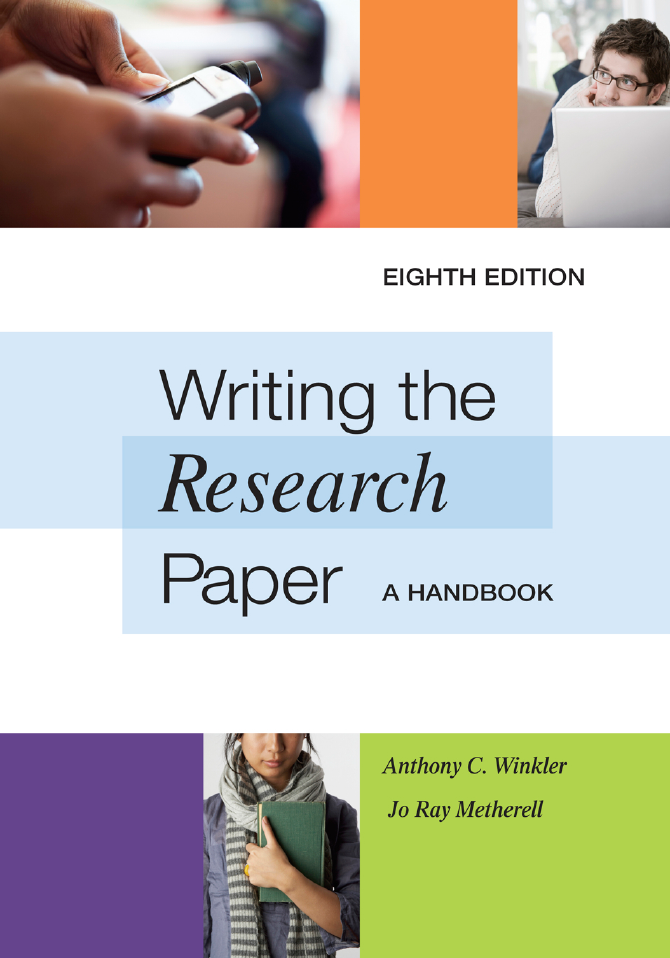
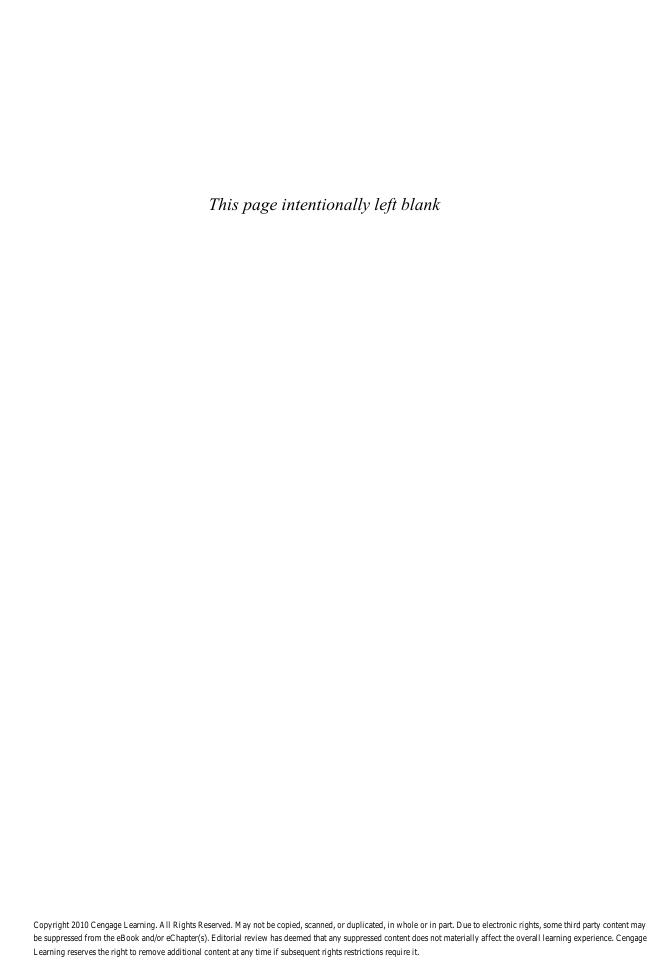
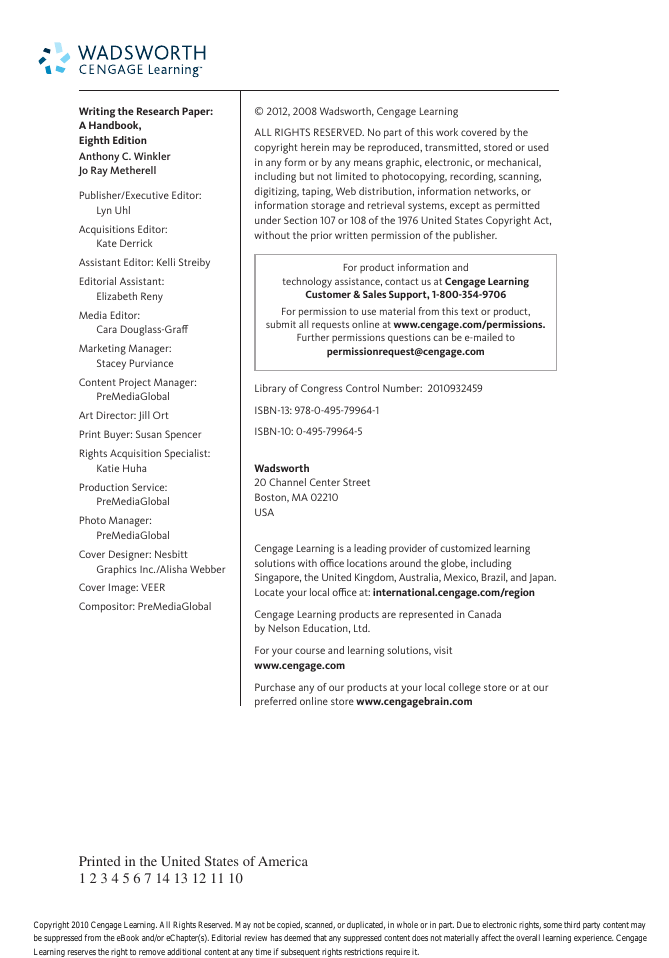

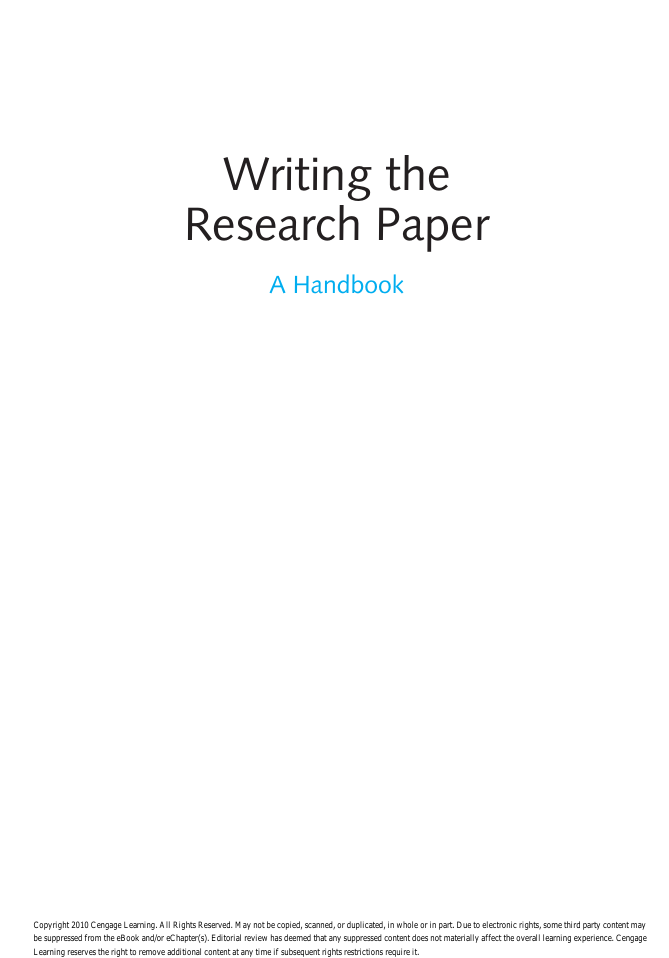
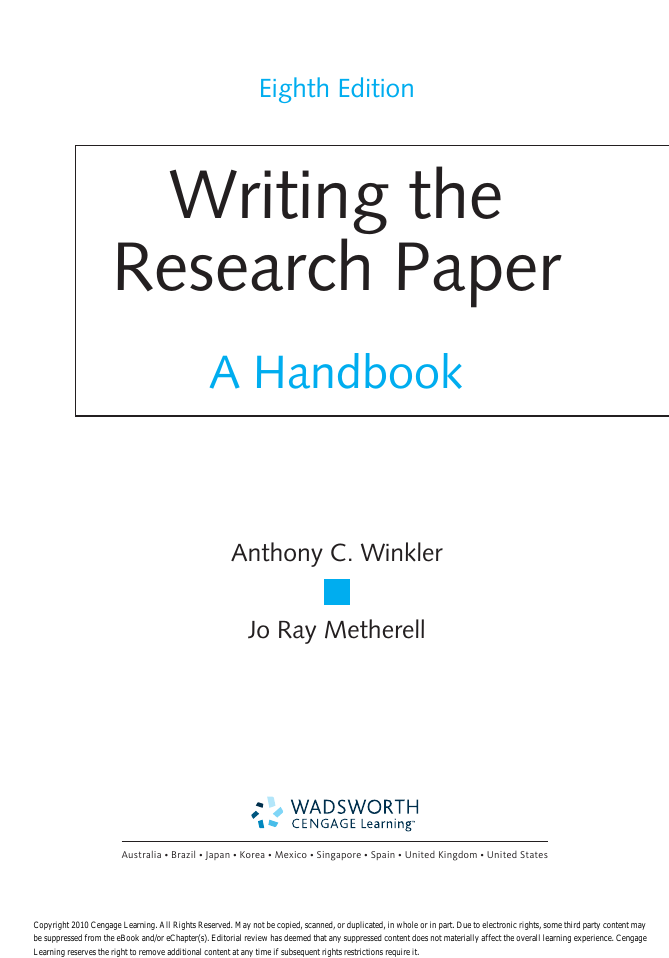
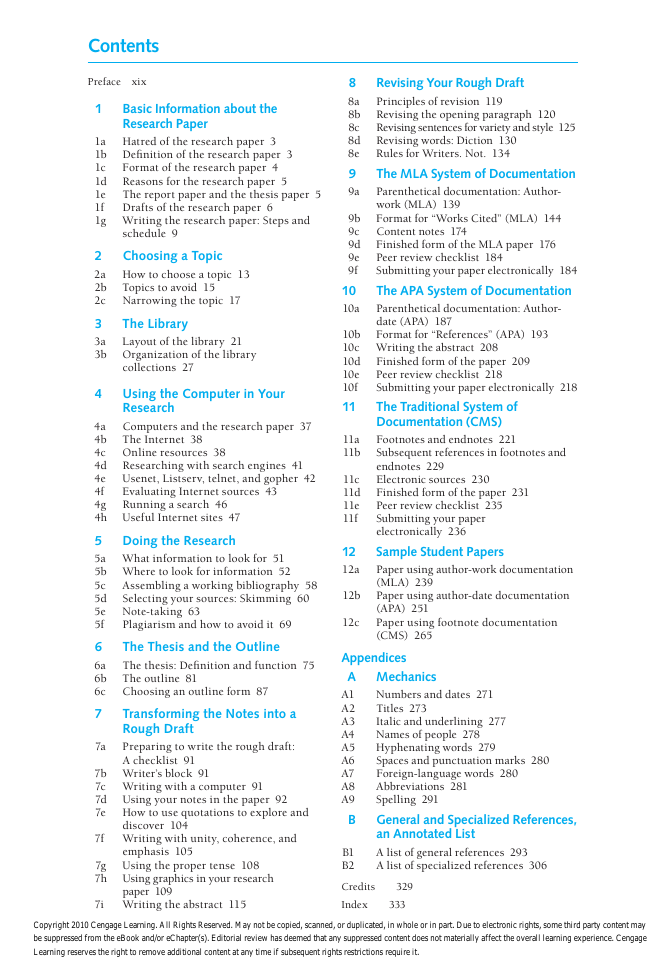









 2023年江西萍乡中考道德与法治真题及答案.doc
2023年江西萍乡中考道德与法治真题及答案.doc 2012年重庆南川中考生物真题及答案.doc
2012年重庆南川中考生物真题及答案.doc 2013年江西师范大学地理学综合及文艺理论基础考研真题.doc
2013年江西师范大学地理学综合及文艺理论基础考研真题.doc 2020年四川甘孜小升初语文真题及答案I卷.doc
2020年四川甘孜小升初语文真题及答案I卷.doc 2020年注册岩土工程师专业基础考试真题及答案.doc
2020年注册岩土工程师专业基础考试真题及答案.doc 2023-2024学年福建省厦门市九年级上学期数学月考试题及答案.doc
2023-2024学年福建省厦门市九年级上学期数学月考试题及答案.doc 2021-2022学年辽宁省沈阳市大东区九年级上学期语文期末试题及答案.doc
2021-2022学年辽宁省沈阳市大东区九年级上学期语文期末试题及答案.doc 2022-2023学年北京东城区初三第一学期物理期末试卷及答案.doc
2022-2023学年北京东城区初三第一学期物理期末试卷及答案.doc 2018上半年江西教师资格初中地理学科知识与教学能力真题及答案.doc
2018上半年江西教师资格初中地理学科知识与教学能力真题及答案.doc 2012年河北国家公务员申论考试真题及答案-省级.doc
2012年河北国家公务员申论考试真题及答案-省级.doc 2020-2021学年江苏省扬州市江都区邵樊片九年级上学期数学第一次质量检测试题及答案.doc
2020-2021学年江苏省扬州市江都区邵樊片九年级上学期数学第一次质量检测试题及答案.doc 2022下半年黑龙江教师资格证中学综合素质真题及答案.doc
2022下半年黑龙江教师资格证中学综合素质真题及答案.doc